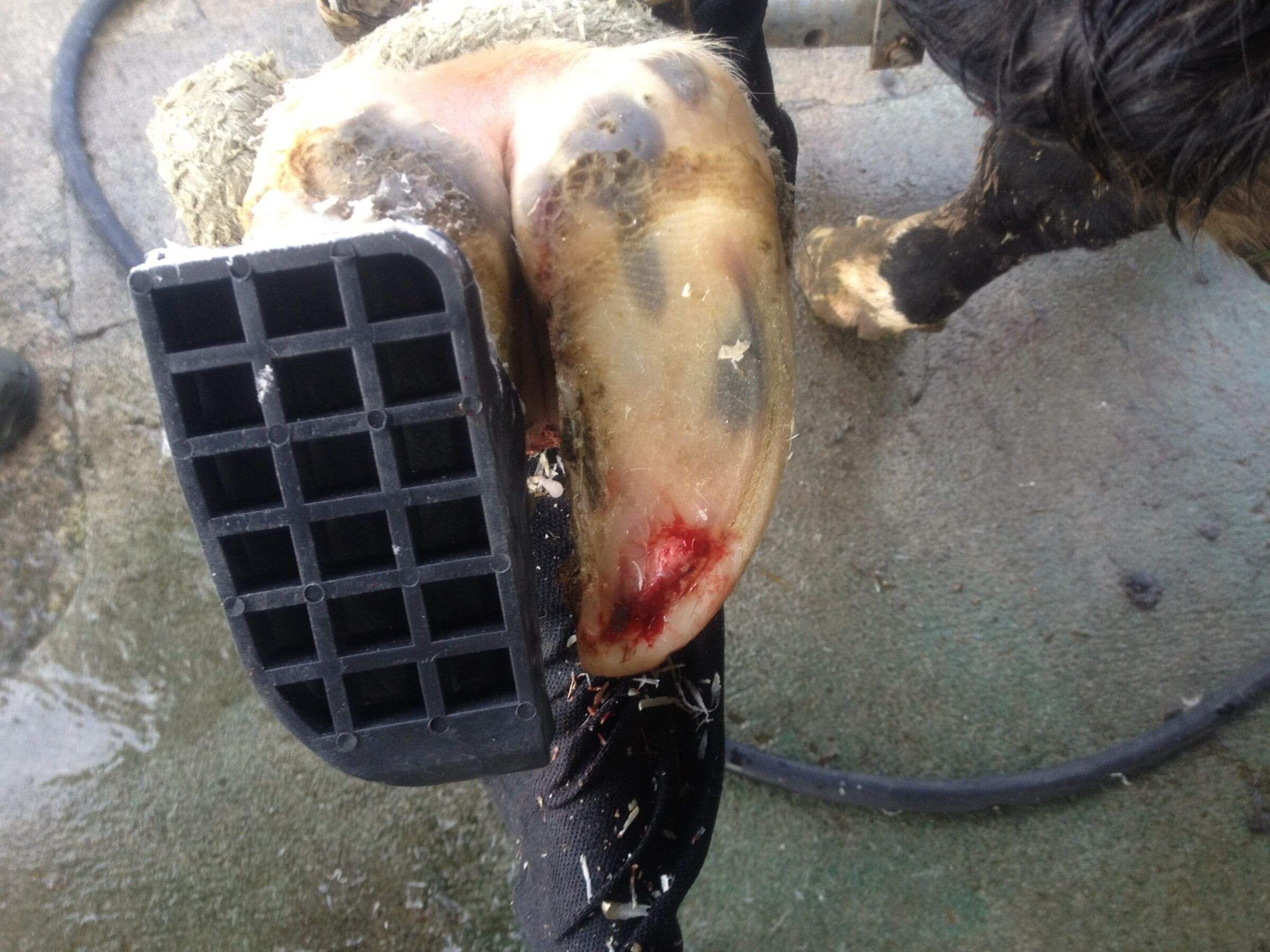The Impact of Lameness on Reproduction
When we discuss the effect of lameness on reproductive performance there are two areas of concern:
First is the concept that lame cows are generally less likely to engage in mounting activity. Cows need sound feet and legs to seek out cows in heat, mount them or be mounted if they are in heat themselves. If this basic requirement is compromised then efficiency and accuracy of heat detection will be low. On average, cows are in heat for approximately 7 to 8 hours. This is a narrow window of opportunity to detect healthy cows in heat and therefore presents a real challenge to detect lame cows in heat.
The second concern relates to nutrition or a reduction of. We know lameness causes pain and consequently a lame cow is likely to spent more time lying down and less time eating and ruminating. This depresses overall dry matter intake and thus in recently calved cows can result in negative energy balance and the production of ketone bodies. Consequently this is likely to result in a delayed return to cycling in early lactation.
What is the impact on reproductive performance?
Results from a British study involving 770 cows with nearly 1500 lactations showed that lameness caused by lesions on the hoof was associated with a 7-day increase in days to first service and 11 more days open compared with herd mates without lameness.
Data from a study in Florida showed the median time to conception for lame cows with claw lesions was 140 days compared to 100 days for healthy cows.

And in cost terms?
The cost of a lame cow in a herd is highly variable and depends on overall prevalence of lameness within the herd, the main causes of lameness (infectious or not) and whether or not the lameness results in culling. In a 300 cow herd with a 5% lameness rate dairy NZ estimated the cost to be around $400/lame cow. Of this cost approximately $100 has been attributed to reproductive losses.
What can we do?
In the first instance prompt treatment of lame cows is important. Getting the foot up, identifying the problem and starting the correct treatment are vital. Including an anti-inflammatory/pain relief medication as part of that treatment will clearly help to reduce some of the impacts mentioned above.
For cows with extensive lesions or lameness that is going to take a while to heal consider putting them on a CIDR programme with fixed time AI to ensure she gets mated.
